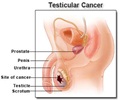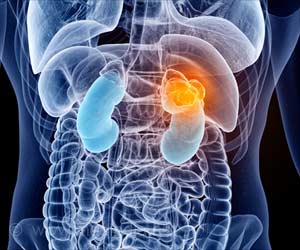University of Oregon researchers have revealed that an anti-cancer drug used extensively in chemotherapy binds pervasively to RNA up to 20-fold more than it does to DNA.

"We're looking at RNA as a new drug target," she said. "We think this is an important discovery because we know that RNA is very different in tumors than it is in regular healthy cells. We thought that the platinum would bind to RNA, but that the RNA would just degrade and the platinum would be shunted out of the cell. In fact, we found that the platinum was retained on the RNA and also bound quickly, being found on the RNA as fast as one hour after treatment."
The National Institutes of Health-supported research is detailed in a paper placed online ahead of regular publication in ACS Chemical Biology, a journal of the American Chemical Society. Co-authors with DeRose, a member of the UO chemistry department and Institute of Molecular Biology, were UO doctoral students Alethia A. Hostetter and Maire F. Osborn.
The researchers applied cisplatin to rapidly dividing and RNA-rich yeast cells (Saccharomyces cerevisiae, a much-used eukaryotic model organism in biology). They then extracted the DNA and RNA from the treated cells and studied the density of platinum per nucleotide with mass spectrometry. Specific locations of the metal ions were further hunted down with detailed sequencing methods. They found that the platinum was two to three times denser on DNA but that there was a much higher whole-cell concentration on RNA. Moreover, the drug bound like glue to specific sections of RNA.
DeRose is now pursuing the ramifications of the findings. "Can this drug be made to be more or less reactive to specific RNAs?" she said. "Might we be able to go after these new targets and thereby reduce the drug's toxicity?"
While cisplatin is effective in reducing tumor size, its use often is halted because of toxicity issues, including renal insufficiency, tinnitus, anemia, gastrointestinal problems and nerve damage.
Advertisement
In this project, DeRose's team only explored cisplatin's binding on two forms of RNA: ribosomes, where the highest concentration of the drug was found; and messenger RNA. There are more areas to be looked at, said DeRose, whose group initially developed experience using and mapping platinum's activity as a mimic for other metals in her research on RNA enzymes.
Advertisement
Source-Eurekalert














